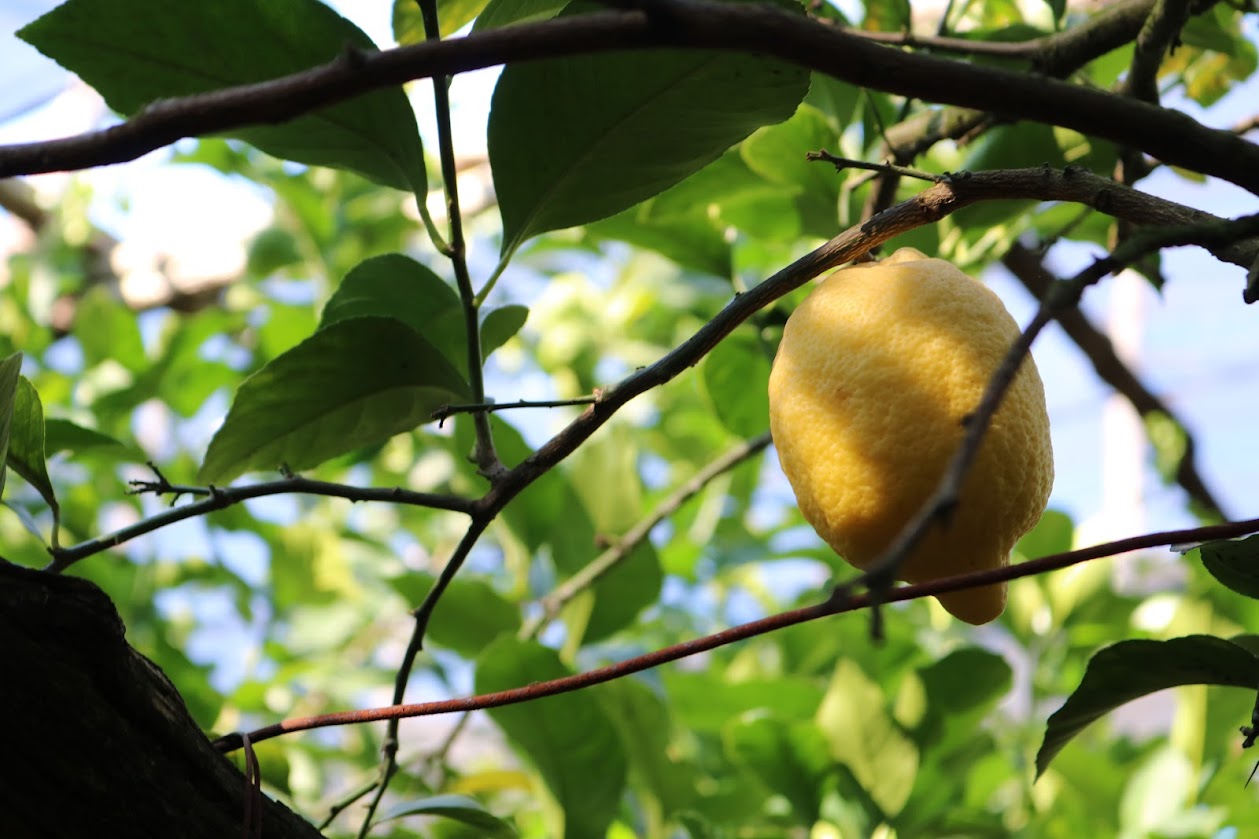The Sanbokan lemon is
a rare citrus fruit from Japan
that is said to have originated from a tree found growing wild in the early 1800s.
The fruit is a cross between a sweet orange and a grapefruit, with a thick peel and a pronounced nipple.
Legend
According to legend, a samurai named Tamenosuke Nonaka discovered the fruit in the forests of Wakayama prefecture.
The samurai brought the fruit to Wakayama Castle, where the ruler restricted its cultivation to the castle grounds.
Characteristics
The fruit has a thick, rough peel that peels like a tangerine.
The flavor is a blend of sweet orange and grapefruit.
The fruit ripens in late fall to early spring.
The tree is relatively cold-hardy.
Uses
The fruit can be eaten, juiced, or made into tea.
The thick, fragrant skin can be used for candied peel or marmalade.
The hollowed-out shell can be used as a cooking vessel or serving bowl.
Popularity
Sanbokan is a favorite of top chefs and is increasingly sought after by home cooks.



